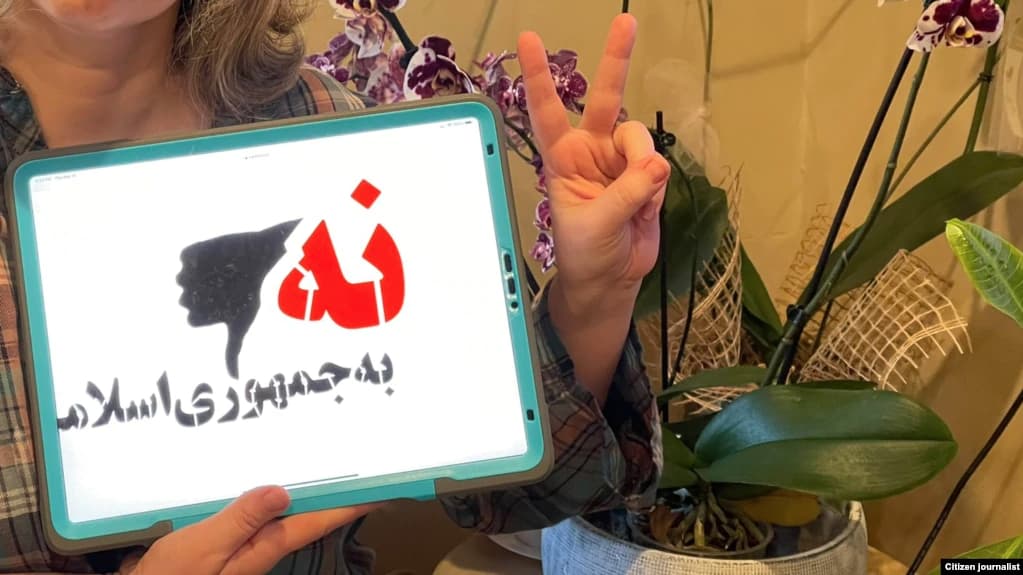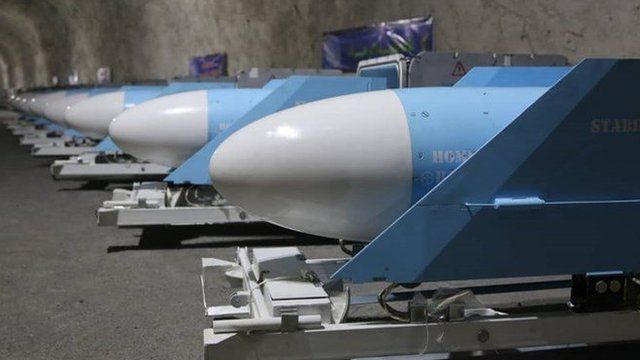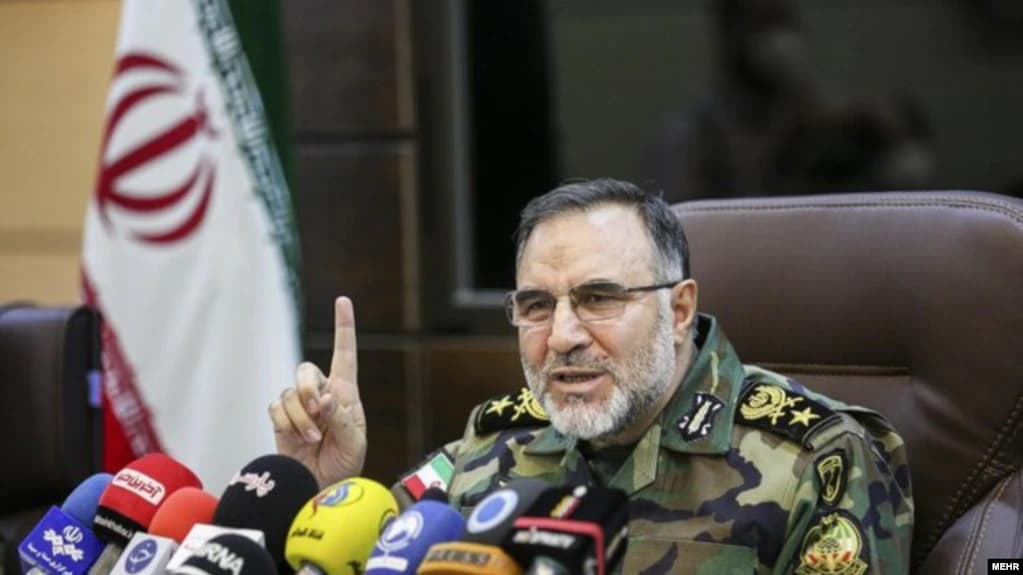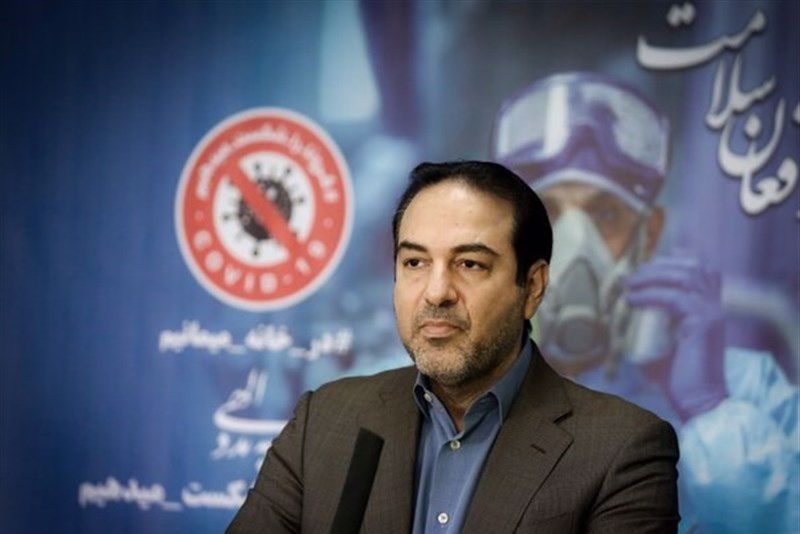
Victims of an Unhealthy Economy
As we get closer to the beginning of the new Iranian year (starting on March 21), a decision has been made to increase workers’ wages and salaries by 39 percent. The editorial of Aftab Yazd explains why both workers and employers are unhappy with this.
Perhaps, one of the most important and complicated decisions in Iran is determining a raise in workers’ wages. Disputes and arguments before, during and after this decision indicate its significance and impact. This year, too, after a lot of discussions, it was decided that workers’ wages will increase by 39 percent next year.
Two points must be considered: although this level of increase shows considerable growth compared to previous years, it is still far below the real inflation rate in the country. It goes without saying that workers are under a lot of pressure these days. We shouldn’t be deceived by the crowded streets of Tehran; that is because we are getting closer to the beginning of the new year and people crowd the streets even if they don’t have any money. So, when they say that even a 39 percent increase cannot help in having a normal, ordinary life, that is so true.
On the other hand, the employers’ argument, too, is clear and defensible. An increase in wages and salaries might be good, but it shouldn’t result in losing private businesses. That is why there has always been a lot of bargaining on both sides and eventually neither side is happy. If Iran’s economy wasn’t weak, this issue wouldn’t be so sensitive and controversial. In advanced economies, certain formulas based on reliable statistics are used for determining workers’ wages and salaries. But here in Iran, neither the economy is healthy, nor are statistics reliable.
Altogether, today both workers and employers have to agree with what is decided. Yet they both know how difficult the coming year will be: many jobs will be lost, many businesses will collapse.
Alleviating the Pain and Suffering of Iranians by Containing Inflation
The editorial of Jahan Sanat explains why to help Iranians suffer less, it is absolutely necessary to contain the inflation rate in the country.
According to official statistics of the Parliament’s Research Center, GDP per capita was 5,760,000 tomans in Iran in 2004, while today it has reached 4,740,000 tomans. According to this center’s report, during the past decade, 35 percent of Iranians have gone under the poverty line. The drop in the power to purchase daily essentials has become one of the main concerns for Iranians.
In the Prosperity Index 2019, Iran ranked last amid 17 countries of the region. In 2018 and 2019, Iran’s economy contracted by 12 percent. In addition, there has been an accelerating rate of inflation, particularly in the past decade.
History shows that the acceleration of inflation has its root in income inequality and the widening gap between the poor and the rich. So, the inflation rate must be contained to stop inequality and poverty in Iran. Luckily, many countries have been able to contain inflation and keep it within 2 percent to 5 percent. These countries have used a simple method by equalizing the country’s revenues and expenses and preventing chronic budget deficiency. This feasible method must be adopted in Iran.
After containing inflation, three other rates become real: the forex rate, banks’ interest rates, and the rate of the fuel price. Squandering money due to mismanagement in these fields has made life very difficult and bitter for Iranians.
The Puzzle of Social Welfare Over the Past Year
As we approach the beginning of the Iranian new year (March 21), the editorial of Aftab Yazd examines the deterioration of citizens’ welfare in Iran.
Last year was bitter and sad for Iran. The Iranian people had to not only grapple with coronavirus, but also struggled with US sanctions, as well as social, economic and political mismanagement. During the past 100 years, Iran has witnessed damaging – yet brilliant – social and political developments. We must look at these developments carefully to realize where Iran has been and where it is going to go to.
The Legatum Prosperity Index which assesses 12 welfare indicators in societies – including safety, security, personal freedom, sovereignty, social capital, investment environment, business conditions, access to infrastructure for high-quality economic living conditions, healthy environment and education – shows that in 2020, 147 out of 167 countries have improved their rankings compared to the prior year.
Iran is one of the most closed economies in the world and ranks 127 among 190 countries. Due to coronavirus, 5 million jobs were lost in the spring of 2020 and 2 million people were laid off. The citizens’ welfare has been sacrificed. Because of bureaucratic corruption, smuggling goods, old distribution systems, widespread speculation in all economic fields, and the decline in meritocracy, the gap between the government and citizens has widened. This will result in a decrease in public trust, citizens’ increasing indifference towards national interests and the idea of a homeland and a drop in people’s cooperation.
The existing data shows that with regard to the happiness index, Iran’s standing has dropped to 118 which shows the deterioration in Iranians’ psychological welfare. All these show that the public interest must be realized.
As a result of lost businesses and jobs, a massive number of people have lost their jobs and have no jobs or livelihood prospects. We are now facing deprived people who keep postponing their demands. We must hope that in the coming year, these conditions will cease, and people will remain hopeful about their own lives with minimum welfare.
Improving Lives With Electing a “Diplomat” President and “Technocrat” Government
The editorial of Setareh Sobh reasons that as Iran’s problems are rooted in wrong foreign policies, the Iranian people must take part in the upcoming presidential election and elect a technocrat government to resolve their issues.
We must know that mounting crises have their roots in domestic mechanisms and continued tensions with the West, particularly America. The slogan of the revolution in Iran was enhancing the life of the poor and destitute and making their lives prosperous. But with the passage of time, we have witnessed widespread poverty, while the number of wealthy people is on the rise. What we are witnessing now is the widening gap of poverty in Iranian society.
Now the question is: how did we get here; what can be done? Wrong political and economic policies, non-compliance with legislation, skepticism towards and insufficient information about the global order, and the continuation of tension between Iran and the United States have all resulted in worsening people’s lives.
In this regard, the Iranian first vice president has said that due to oil sanctions, there has been a drop of about $100 billion in Iran’s currency revenues. Meanwhile, the governor of the Central Bank of Iran has said that prior to 2018, Iran’s oil revenue was about $40 billion to $60 billion annually, but it has reached about $20 billion in the last two years. This is the impact of US sanctions. When a country cannot sell its oil, its economy has negative growth and shrinks.
Certain groups of people have lost hope in elections in Iran. But they should know that if the sovereignty becomes monolithic, it will cause irreparable damage to the country and will be costly for the people.
It seems that Iranian society is in a similar situation as in the months before the 2013 presidential election: i.e., people’s livelihood and the economy are in a grave condition. Back then, people realized that the root of the country’s problems was in diplomacy and foreign relations, which is why they voted for Hassan Rouhani and it ended in signing the nuclear deal.
Everybody knows that after the nuclear deal, there were economic openings and growth. According to the foreign minister, there was going to be $85 billion of foreign investments in Iran. If that had happened, Donald Trump couldn’t have imposed maximum sanctions on Iran and people could have enjoyed its benefits. But with what happened domestically and internationally, that opportunity was lost.
Now, the country is in a similar situation, and that is why people must take part in the upcoming presidential election, as forming a “technocrat government” which gives priority to economy, foreign relations and public health. This can resolve the problems Iranians are grappling with.

“No to the Islamic Republic:” A New Campaign Launched in Iran

In recent days, a number of Iranian citizens have started publishing videos in which they show the slogan “No to the Islamic Republic” written on pieces of paper, their car windshields, the palms of their hands and in public places in Iran – despite all kinds of restrictions and threats in this country.
This campaign has already mustered considerable support from diverse groups of individuals. Hundreds of civil and political activists, artists, sportsmen and academics have published a statement advocating the campaign. Reza Pahlavi, son of the former Shah of Iran, is one of them who published a video message saying that the “No to the Islamic Republic” campaign originated in the heart of Iran’s society and no political party, group or trend can claim its ownership alone.
The campaign – initiated a few months before Iran’s presidential elections – is also a rejection of the Republic Supreme Leader Ali Khamenei who is in the habit of inviting people, “even those who do not believe in the Islamic Republic,” to go to the polls on the verge of the elections.
The most significant point about this campaign is the wide miscellany of groups, elites and individuals who have all gathered under one umbrella. This per se contradicts those who are against the overthrow of the Republic establishment, saying as there is no solidarity among political groups, it would lead to nothing but chaos and political instability.
The “No to the Islamic Republic” campaign is also a testament to the fact that Iran will not turn into another Syria in case its current government collapses, despite what the propaganda machine of the Republic publishes. Moreover, this campaign is a “yes” to the possibility of convergence among Iranians with diverse political viewpoints, ranging from monarchists and republicans to leftists and liberals, who have all reached a consensus now: no to the Republic establishment.
IRGC Unveils Underground Missile City

Iran’s state TV (IRIB) has released a video of a new IRGC base equipped with cruise and ballistic missiles and an “electronic warfare” system. IRIB has described this base as a “missile city,” showing a part of its missile stockpile.
According to IRGC Navy commander, Alireza Tangsiri, with this equipment his forces can track “the enemy’s signals and intelligence.” He added that the range of the missiles has changed, and these systems can launch missiles while moving.
IRGC Chief Commander Hossein Salami said during this ceremony that the “Iranian nation has defeated the sanctions,” calling the unveiling of this city “promising and reassuring.”
The report didn’t mention how many missile cities are in the possession of the IRGC navy. Since 2014, the IRGC has repeatedly unveiled missile cities, and its media has called them underground missile cities.
While the IRGC continues to unveil its underground missile cities, Iran’s missile program is one of the main differences between Iran and America.
Former US President Donald Trump pulled out of the nuclear deal with Iran in 2018 citing Iran’s ballistic missile program as one of his reasons for withdrawing from the deal.
Iran says its missile program has a defensive nature, but Western powers and their allies see it as a threat against regional and international security. Iran is the only country without nuclear weapons that is in possession of ballistic missiles with a 2,000 kilometer range. This has fueled the suspicion that Iran is after building nuclear warheads.
America and its allies hold that Iran’s ballistic missile program – which can be enhanced to carrying nuclear warheads – is in defiance of UN Security Council Resolution 2231.
That is why the new US administration is seeking to reach a more comprehensive deal with Iran which would include Iran’s missile program and regional policies.
American officials say that Iran provides groups like the Lebanese Hezbollah, the Palestinian Hamas, and the Yemeni Houthis with missile and rocket systems – which destabilizes the region.
Top Commander Admits Iran’s Army Participated in Suppressing Popular Protests

In an unprecedented statement, a commander of the Iranian army recently divulged that the Republic establishment has unified and prepared all its military forces – including the army – to suppress the popular protests in the name of protecting Velayat-e Faqih. So far, only the IRGC, Basij, police and security forces were in charge of confronting popular protests.
Commander of the Army Ground Force Brigadier General Kioumars Heydari said for the first time that his forces have had a significant role in stifling public protests since 2018. He made the remark in an interview with the official website of the Republic Supreme Leader Ali Khamenei.
Heydari candidly stated that although his forces had “no special mission” during the 2018 unrest, they “helped the security forces,” adding that it was “such an honor.”
“We told General Bagheri, chief of staff of the Armed Forces, that we were prepared and had no mission at the time,” said Heydari. “But as we have trained forces who are loyal to Vali Faqih, this is the best opportunity for us to help our country’s security forces.”
Without spelling out their activities, Heydari said that his forces had an “impressive effect” in cracking down on public protests in 2018. He also noted what differentiates his forces from the past is their allegiance to Velayat-e Faqih.
“Today we are not the entourage of a king or an emir like the emirs of the Persian Gulf,” noted Heydari. “We are the soldiers of Vali Faqih, the Twelfth Imam and God; this is our first and foremost distinction compared to the past.”
This senior official also disclosed the new ways of recruitment in the army, saying they no longer publish application forms for those looking for jobs in the army: “We select our forces ourselves and send them invitations to attend the military academy after identifying them with our own special criteria.”
Coronavirus Variant in 29 Provinces; Suspension of Flights From Iraq

Along with coronavirus deaths reaching 3-digit numbers, the head of the Headquarters for Combatting Coronavirus Alireza Raisi pointed to the existence of the British variant of coronavirus in 29 Iranian provinces, announcing the suspension of flights from Iraq. On the other hand, Iranian President Hassan Rouhani underscored transparency with regard to coronavirus vaccinations based on priorities that have been determined.
According to Raisi, 31 cities are in the orange zone, with 8 to 9 cities in Khuzestan province in the red zone. He added that apart from Urmia which is in the orange zone and Ahvaz which is in the red zone, other capitals of provinces are in the yellow zone. He stressed that the British variant of coronavirus is circulating in 29 provinces, adding that it comprises 62 percent of the dominant variant in Khuzestan. This virus, he urged, is more aggressive and deadly.
Raisi underscored that the British coronavirus variant is much more dangerous than the Wuhan strain, while the Brazilian variant is more dangerous than the British one: “That is why we have banned 32 flights from 32 countries to Iran; also, we have suspended flights from Iraq, as this country is struggling with the British variant of coronavirus.”
In the meantime, pediatrician Mehran Movahedi Mohammadi said that the number of infections and deaths in children due to the British variant has increased.
Iran’s Health Ministry spokesperson Sima Sadat Lari said on Monday that the number of COVID-19 deaths in 24 hours has reached 100. She added that more than 11.7 million cases of coronavirus have been identified in Iran.
While the country is hit hard by coronavirus, Iranian Defense Minister Amir Hatami said that the Iranian supreme leader has ordered the armed forces to deal with coronavirus as a “military drill” because “the enemy” might want to use this virus as “a weapon against us.”
